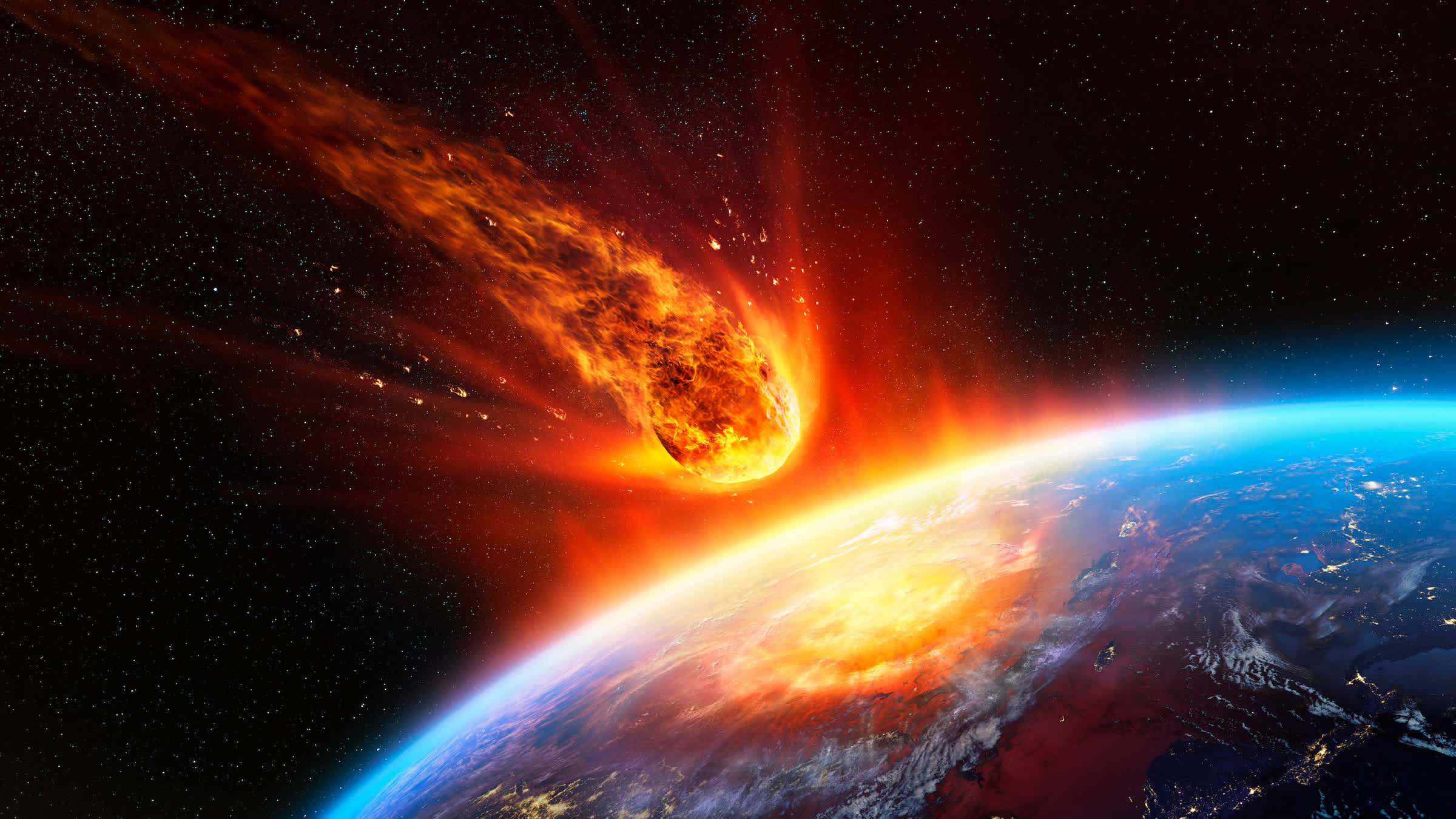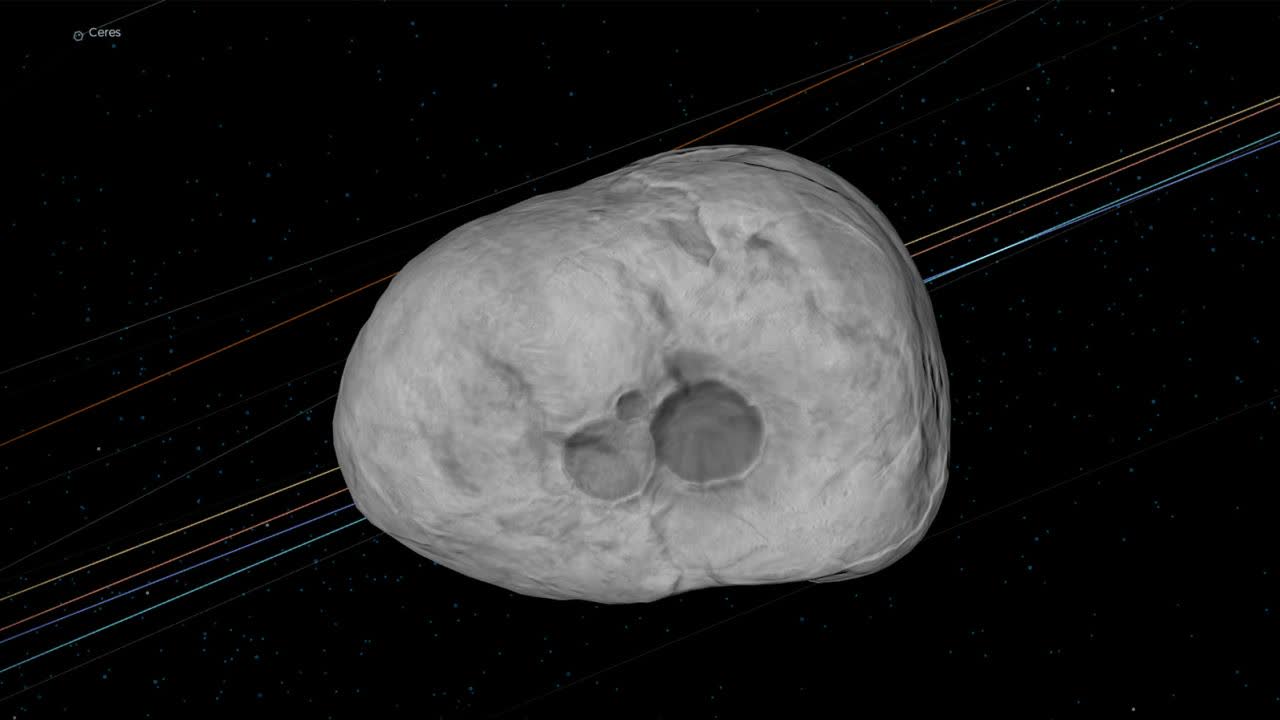In brief: Anyone who likes to plan their routine far ahead might want to reconsider their schedule for Valentine's Day 2046. That's the date when a newly detected asteroid has a 1 in 560 chance of hitting the earth, putting a potential dampener on romantic evenings.
NASA's Jet Propulsion Laboratory's Sentry system calculated the odds of the Olympic swimming pool-sized asteroid hitting Earth on February 14, 2046, at 1 in 560. The European Space Agency, based on its data projections, believes the chances are a more positive (for us) 1 in 625 chance.
However, the asteroid, named 2023 DW, is the only object on NASA's risk list that ranks 1 out of 10 on the Torino Impact Hazard Scale - all other objects on the list rank as 0, which indicates there is no risk of collision with Earth. Nasa's Jet Propulsion Laboratory (JPL) says a score of 1 means a collision is extremely unlikely and has no cause for public concern.
"This object is not particularly concerning," said Davide Farnocchia, a navigation engineer at the Jet Propulsion Laboratory in Pasadena, California.
The news did come with the caveat that the odds of 2023 DW hitting our planet could drastically alter over the next few weeks as more data is collected and analysis performed. It's common for newly discovered asteroids to appear more threatening when first observed.
The good news is that even if the object does hit the earth, it's not going to threaten humanity's existence; the asteroid that collided with our planet that wiped out most species 66 million years ago was 7.5 miles wide.
The asteroid could still do significant damage if it crashed into a city or other heavily populated area. The Chelyabinsk meteor that exploded over Russia in 2013 was less than half the size of 2023 DW yet caused almost 1,500 injuries and damaged over 7,200 buildings. Thankfully, NASA believes the closest 2023 DW will get to Earth is about 1.1 million miles (1.8m km).
Last year, NASA carried out the Double Asteroid Redirection Test (DART) mission, attempting to deflect a celestial object by launching and crashing a spacecraft into it. The mission was a huge success, altering the small asteroid Dimorphos' orbit more than expected.

